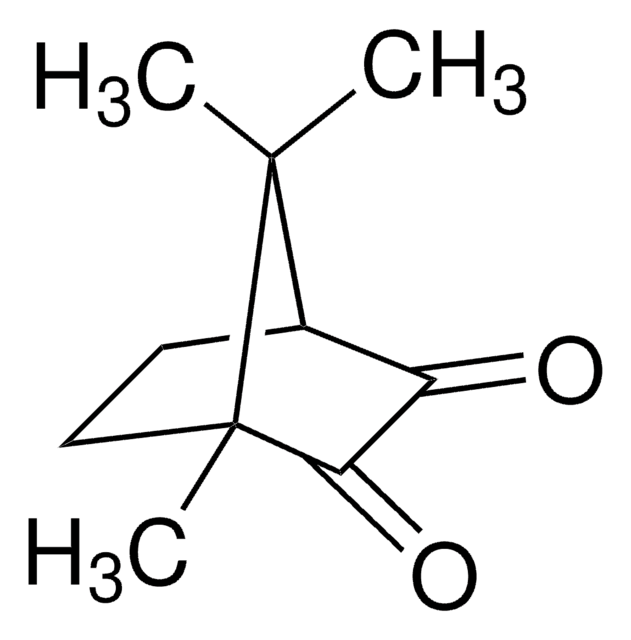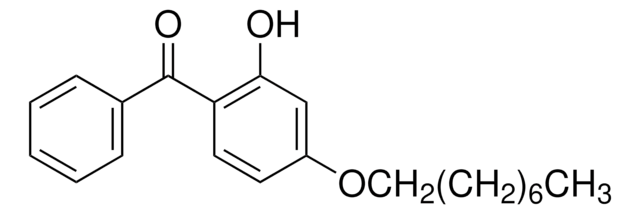759406
Triethylene glycol dimethacrylate
99%, cross-linking reagent polymerization reactions, 200 ppm monomethyl ether hydroquinone as inhibitor
About This Item
Productos recomendados
Nombre del producto
Triethylene glycol dimethacrylate, contains 200 ppm monomethyl ether hydroquinone as inhibitor, 99%
Nivel de calidad
Ensayo
99%
Formulario
liquid
contiene
200 ppm monomethyl ether hydroquinone as inhibitor
idoneidad de la reacción
reagent type: cross-linking reagent
reaction type: Polymerization Reactions
índice de refracción
n20/D 1.461 (lit.)
n/D 1.4613
bp
170-172 °C/5 mmHg (lit.)
densidad
1.092 g/mL at 25 °C (lit.)
1.074 g/mL
arquitectura del polímero
shape: linear
functionality: homobifunctional
temp. de almacenamiento
2-8°C
cadena SMILES
CC(=C)C(=O)OCCOCCOCCOC(=O)C(C)=C
InChI
1S/C14H22O6/c1-11(2)13(15)19-9-7-17-5-6-18-8-10-20-14(16)12(3)4/h1,3,5-10H2,2,4H3
Clave InChI
HWSSEYVMGDIFMH-UHFFFAOYSA-N
¿Está buscando productos similares? Visita Guía de comparación de productos
Categorías relacionadas
Descripción general
Aplicación
- Used as a diluent comonomer in dimethacrylate based dental composites.
- Used as a branching agent in the atom transfer radical polymerization (ATRP) of styrene.
Características y beneficios
Palabra de señalización
Warning
Frases de peligro
Consejos de prudencia
Clasificaciones de peligro
Skin Sens. 1
Código de clase de almacenamiento
10 - Combustible liquids
Clase de riesgo para el agua (WGK)
WGK 1
Punto de inflamabilidad (°F)
332.6 °F - closed cup
Punto de inflamabilidad (°C)
167 °C - closed cup
Elija entre una de las versiones más recientes:
Certificados de análisis (COA)
¿No ve la versión correcta?
Si necesita una versión concreta, puede buscar un certificado específico por el número de lote.
¿Ya tiene este producto?
Encuentre la documentación para los productos que ha comprado recientemente en la Biblioteca de documentos.
Los clientes también vieron
Global Trade Item Number
| Número de referencia del producto (SKU) | GTIN |
|---|---|
| 759406-1ML | |
| 759406-10ML | 4061837889592 |
| 759406-50ML | 4061837889608 |
Nuestro equipo de científicos tiene experiencia en todas las áreas de investigación: Ciencias de la vida, Ciencia de los materiales, Síntesis química, Cromatografía, Analítica y muchas otras.
Póngase en contacto con el Servicio técnico












